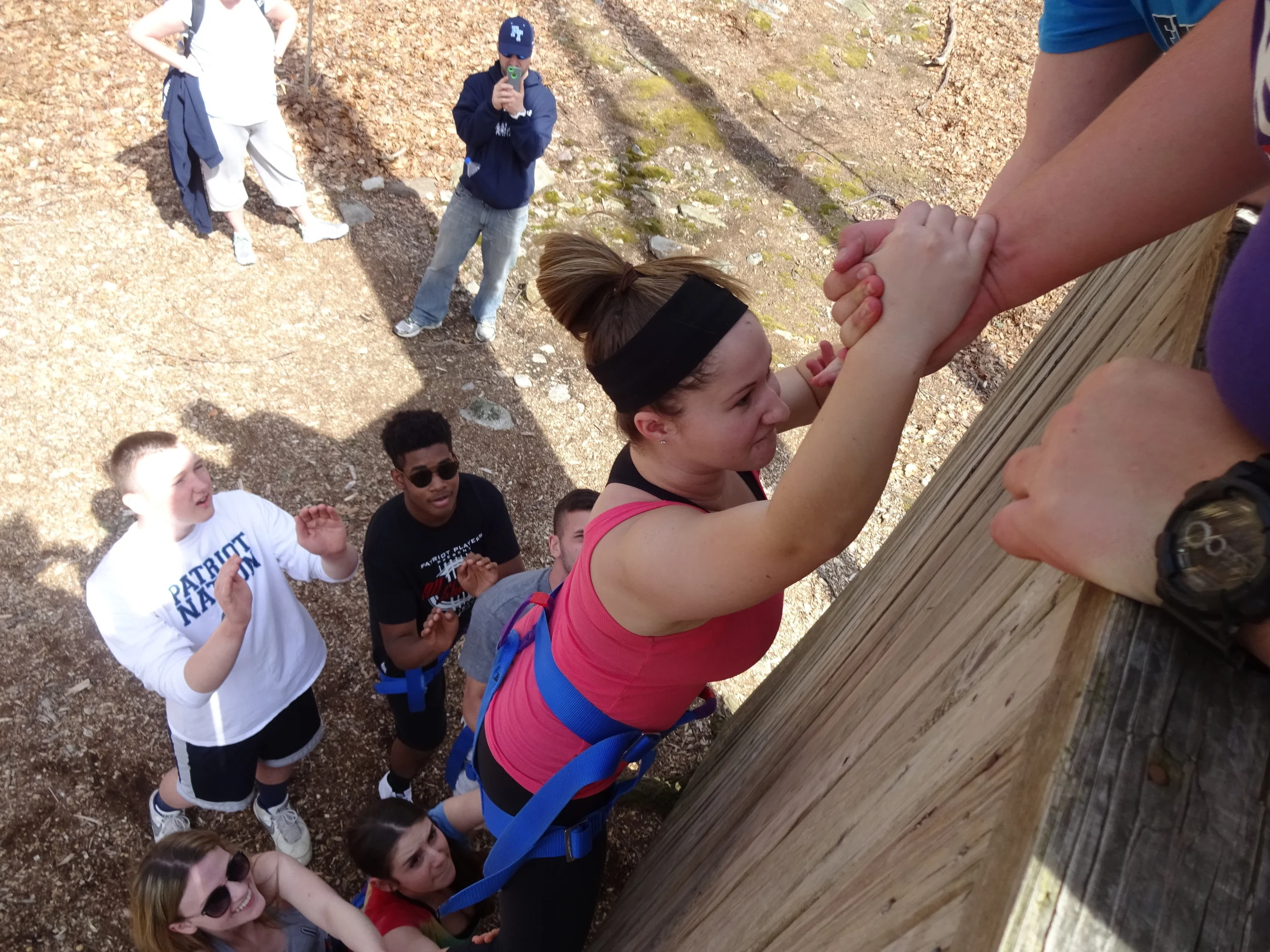Bullying and Social Emotional Learning
/Imagine a young person you care about has worked really hard on a project for their favorite class and they’ve been talking about how excited they are to demonstrate their project. Presentation day rolls around but this person that you care about no longer has any interest in demonstrating their work. In fact, they feel kind of sick and would much rather stay home.
According to the American Society for the Positive Care of Children 160,000 kids per day skip school for fear of being bullied, 28% of students in grades 6-12 experienced bullying and 70.6% of young people say they have seen bullying in their schools.
Declining grades, loss of interest in schoolwork, and faking illness are warning signs of bullying according to the CDC. Other warning signs of bullying include unexplained injuries, lost or destroyed personal items like clothing, books, electronics, or jewelry, as well as frequent headaches, stomachaches, and nightmares.
October is Bullying Prevention Awareness Month and one way to help prevent bullying is to incorporate social emotional learning (SEL) into young people’s education. Stopbullying.gov defines social emotional learning as “an educational approach that helps people develop social skills and awareness of themselves and others. School-based SEL can help students improve their academic and interpersonal success. It focuses on the positive behaviors of students instead of the negative behaviors to promote youth development.”
Through research, stopbullying.gov found that implementing SEL into the classroom and developing young people’s social-emotional skills “is a promising approach to prevent bullying” because the social-emotional skills learned can help protect students from becoming targets of bullying. According to the American Society for the Positive Care of Children, there are some common factors among children who are at risk of being bullied, including depression, anxiety, and low self-esteem. Students perceived as different from their peers because of their physical attributes, sexuality, identity, religious affiliation, or socio-economic status or are considered less popular and have few friends may also be the targets of bullying behavior.
The skills learned from implementing social emotional learning can prevent students from getting involved in bullying or bullying others. Research analyzed by stopbullying.gov found that “through SEL students can develop empathy and resolve conflicts better.”
Social emotional learning is a cornerstone of the Princeton-Blairstown Center’s programming and is woven into every group’s programming. Facilitators help young people work on developing social-emotional skills like self-awareness, responsible decision-making, and relationship skills through a variety of activities and reflection. Developing these skills enables our participants to engage in self-discovery and transform their communities to create a more just world – one where we enable young people to collaborate with each other and accept others’ differences, develop empathy, and prevent bullying.























